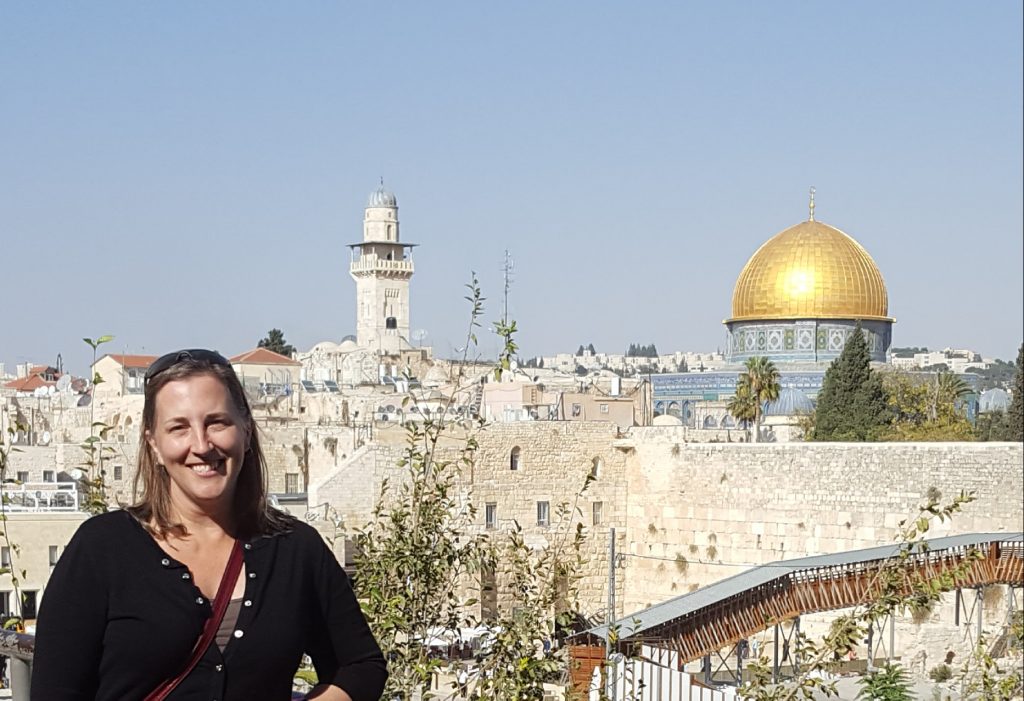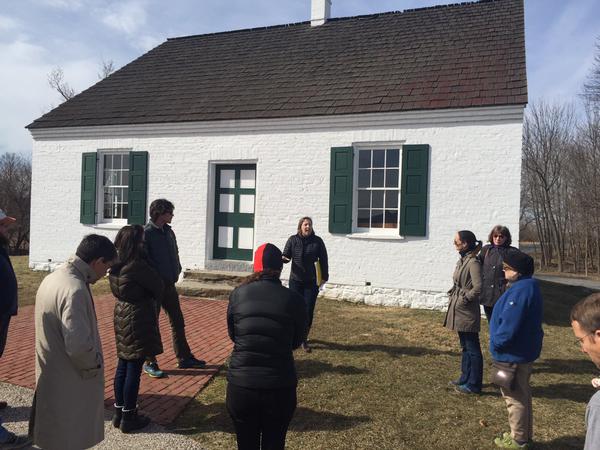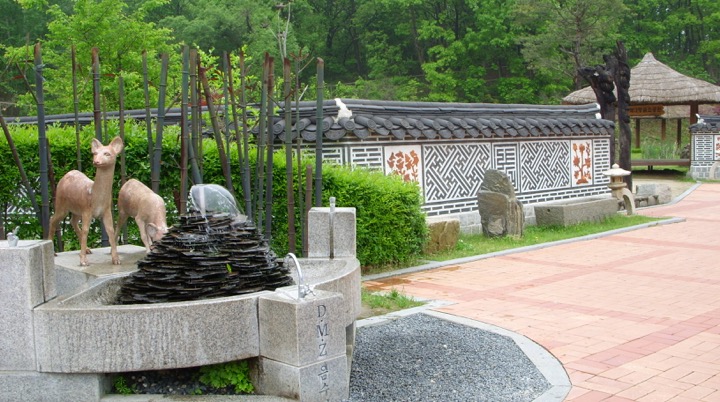Lisa Brady

Specializations
Environmental History
Military History
Asian History, focus on Korean History
Education
Ph.D., University of Kansas
M.Ed., Montana State University, Billings
M.A., University of Sydney, Australia
B.A., University of New Mexico
Professor Lisa M. Brady, a New Mexico transplant native to Colorado, arrived at Boise State in 2003, happy to see mountains again after six years as a flatlander (and doctoral student) in Kansas (which is lovely in its own way). Since moving to the City of Trees, Brady has enjoyed collaborating with students, faculty, and the broader community, sharing her perspectives and expertise as an environmental historian and learning from their experiences and insights. From 2011 through 2013, Brady served as the associate editor for the scholarly journal Environmental History and as its editor-in-chief from 2014 through 2019. Almost concurrently, she served on the board of the Idaho Humanities Council (2010-2017), where she had the privilege of working with libraries, museums, and other organizations across Idaho to promote and support humanities programs across the state. Her research focuses on war and environment, examining the ways military activities–during peace time and in times of conflict–shape and are shaped by the natural environment. When she’s not teaching, writing, or otherwise engaged in historical analysis, Brady likes to read (anything and everything), hike, visit with family and friends, and–perhaps most especially–hang out with her cat.

Contact
Office: L193
Phone: (208) 426-4309
lisabrady@boisestate.edu
Spring 2024 Office Hours:
Tu: 01:00 – 03:00 pm and by appointment.
Teaching
Environmental History of Modern East Asia
Introduction to Environmental History
Global Environmental History
Environmental History of Modern War

Graduate Students
Selected Scholarship
War upon the Land: Military Strategy and the Transformation of Southern Landscapes during the American Civil War. (University of Georgia Press, 2012)
“Sowing War, Reaping Peace: UN Resource Development Programs in the Republic of Korea, 1950-1953” Journal of Asian Studies (April 2018)
“Nature as Material Culture: Antietam National Battlefield” with Timothy Silver for War Matters: Essays on the Material Culture of the American Civil War, ed. Joan Cashin (University of North Carolina Press, 2018)
